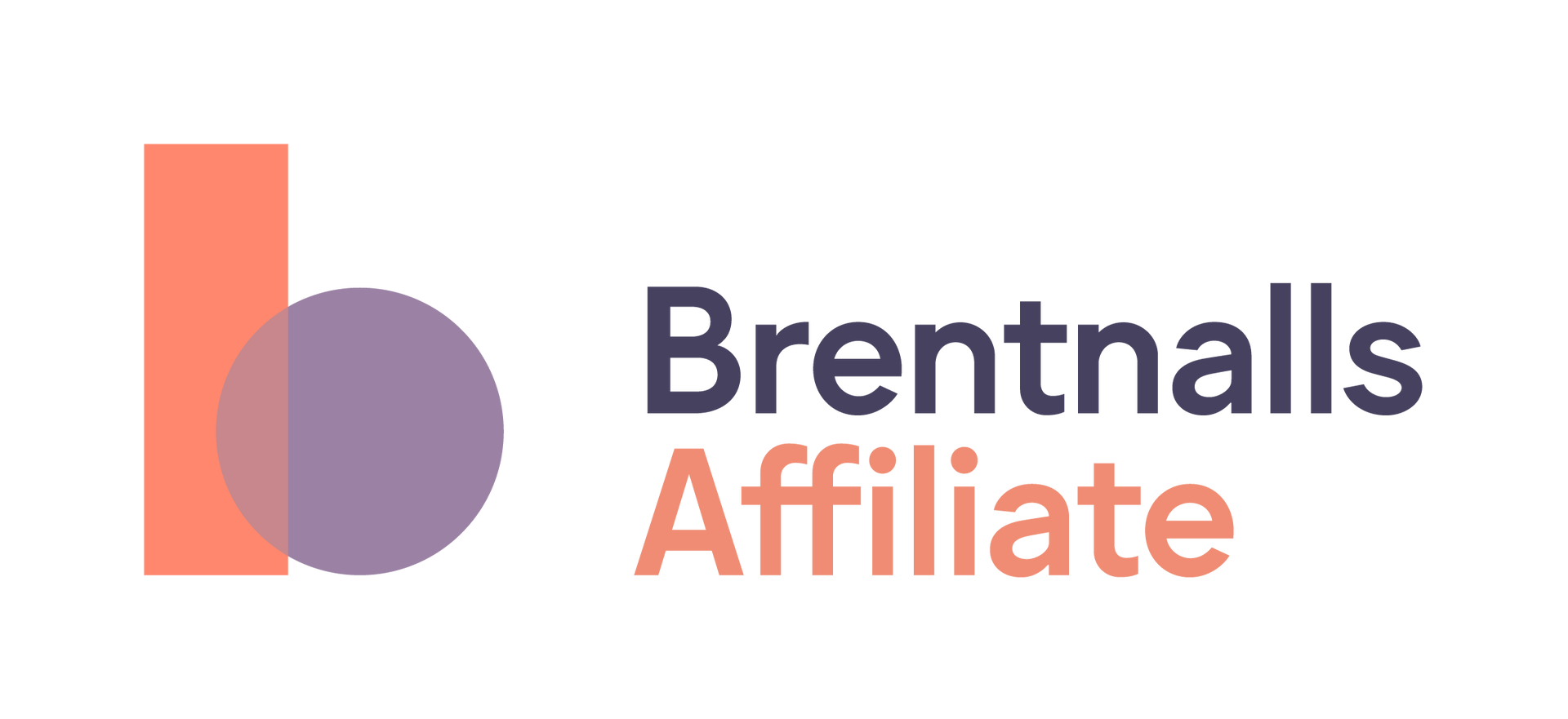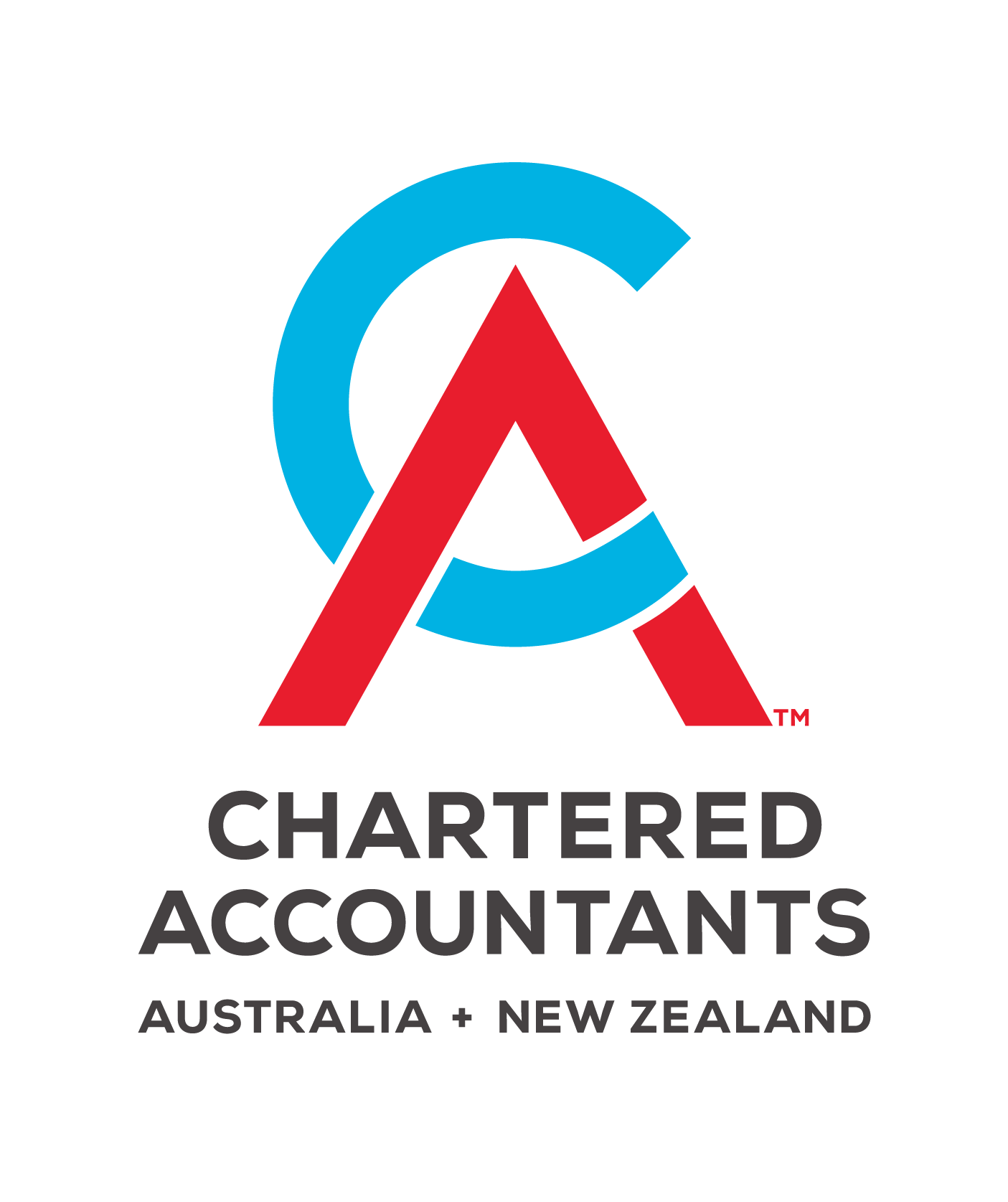Entity Structures
Picking the right structure for your business depends on a number of factors.
The main entity structures used by clients are:
The choice depends on a number of issues, such as:
- simplicity of clients affairs
- legal liability issues
- asset protection
- number of businesses
- type of business
- number of participants in clients business
- industry restrictions
- tax minimisation
- family/business succession
- access to government benefits
- expected treatment of profits
- transferability of interests in the business

Sole Trader
- One person owns assets and has full authority over decision-making.
- Unlimited liability, therefore the sole trader requires excellent insurance coverage.
- Cheapest structure as no formal agreement needed.
- All profits and losses belong to the sole trader.
- Can employ family members, but they must be paid at no more than market rates, not at overpaid rates to split income as this is against the tax law.
- Ability to transfer business into company or partnership if need be to raise more funding or gain expertise from a third party for the business or asset protection.
- Low closing down costs and setup costs.
Partnerships
- A partnership is the relationship subsisting between persons (2 or more) carrying on business in common with a view to profit.
- Partners can be any type of entity, can be 2 persons, 2 companies etc, even 2 separate families, but generally limited to 20 maximum.
- Governed by the Partnership Act in each state.
- Need a formal partnership agreement in most instances so as to protect the rights of each partner and lay the foundation for forming the partnership.
- Cheap setup costs and closure costs.
- Cheap form of raising capital.
- Sharing of management responsibilities can be attained based on skills of participating partners etc.
- Legal liability is an issue with partnerships, in that each partner is jointly and severally liable for the partnership debts. That means that one partner can be sued for the debts created by the other partner for the partnership business.
- Each partner has a profit and loss entitlement as per the agreement, any percentages, and will be shown in the financial statements as a partnership entitlement account, or capital account.
- The profit is taxable to each partner in his or her own right based on his or her % share. The partnership entity itself does not pay income tax.
Company
- Any business venture can be operated via a company structure, but mostly depends on the expected profits of the business due to the tax rates variances between individuals and companies.
- Separate the entity to its shareholders.
- Owned by the shareholders, managed by the directors and management.
- A company continues in existence even though shareholder change.
- Shareholders own a "share" in the company which entitles them to profits and voting rights as to how business is controlled or in its direction based on submissions by its directors as to how business is controlled or in its direction based on submissions by its directors.
- 2 types - public and company, we deal mainly with private companies.
- Public companies have its shares listed on stock exchanges, any person can buy shares in them.
- Private companies are similar to partnerships but have a structure separate to the individuals.
- Limited number of shareholders and there are restrictions on the ownership and transfer of shares.
- The company is the entity subject to tax, subject to liability.
- Company is governed by a Constitution setting out the rules the company and its controllers must abide by, and the Corporations Act governed by the government.
- Expensive to set-up (approx $1,200) and liquidate the company.
- Company has limited liability amounting to its shareholding, but if it trades insolvently, the directors can be sued. Advantage over partnerships re: legal liability.
- Easy way to access extra funding via issuing of shares between interested parties in accordance with their wishes re: ownership and funding introduced.
- Relatively easy to transfer ownership interests via share transfers internally.
- Disadvantage sometimes is that it isn't easily understood by clients, they think the company is them, but it is treated as a separate entity, they can't treat it like their own cheque book, tax laws impose high penalties for this.
- Company pays tax on its taxable income, it doesn't have to distribute profit via a dividend to its shareholders if it wants to retain the money as working capital.
Trusts
- Relationship whereby a trustee holds assets on behalf of someone or something in trust for the benefit of that person or thing (known as Beneficiaries).
- The trust is a separate legal identity to the persons for whom the assets are held.
- The trustee can be sued but not the beneficiaries.
- All profits of a trust must be distributed to the beneficiaries in accordance with a Trust Deed in whichever way seems appropriate, there is no set percentage of distribution to a particular entity. If the profit is not distributed to beneficiaries each year, tax is payable by the trustee at the top tax rate.
- A Trust Deed is similar to a company constitution in that it sets out the rules and obligations of the trustee in how to act with the assets etc. of the beneficiaries.
- A typical trustee will be a company due to the limited liability, but it can be any individual as well.
- A trust is setup by the settlor by the gifting assets to the trust (usually $10) then the beneficiaries introduce the assets. The appointor has absolute control over the trust, but the Trustee controls day-to-day management of the trust.
- The usual types of trusts are "family trusts" and "unit trusts". Unit trusts involve entities owning units in a trust that entitles them to a percentage of profit, very similar to a company.
- Most small businesses today are operated through a trust structure due to the legal liability issue and the flexibility to distribute the profit to the family in any way fit for tax minimisation purposes.
- A tax return must be lodged with the ATO to show all income earned by the trust and display how it was distributed.
- There are certain documents that must be completed also to ensure accurate completion of financial statements for a trust.
Discuss Further?
If you would like to discuss this, please get in touch.
Disclaimer
The information provided in this information sheet does not constitute advice. The information is of a general nature only and does not take into account your individual situation. It should not be used, relied upon, or treated as a substitute for specific professional advice. We recommend that you contact Brentnalls SA before making any decision to discuss your particular requirements or circumstances.
Our Services
"We feel confident in our financial decisions and can focus on growing our business with peace of mind."
John & Barbara Kalleske
Kalleske Vineyards Pty Ltd
Our Specialisations
"Helping you achieve your dreams, is our passion, and our strength is in our dedicated professional team."
Our News & Resources
Acknowledgement of Country
We acknowledge the Traditional Owners of the land where we work and live. We pay our respects to Elders past, present and emerging. We celebrate the stories, culture and traditions of Aboriginal and Torres Strait Islander Elders of all communities who also work and live on this land.
Our Location
255 Port Road
HINDMARSH SA 5007
PO Box 338
Welland SA 5007



